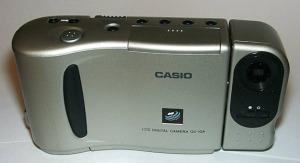Photography has changed the way that people experience the world and go about traveling, and also in the way the images are recorded, stored and viewed. The development of the digital camera towards the end of the 20th century was one of the most important inventions the world has ever seen. At that time, digital imaging and computer-based techniques made it possible to manipulate images in many ways, creating revolutionary changes in photography.[i] Steven Sasson invented the first coffee machine sized digital camera for Kodak in 1975. At first, this digital camera was not profitable, being that it was still extremely expensive, image quality was lacking, and society was not engaged in the idea of digital images yet.
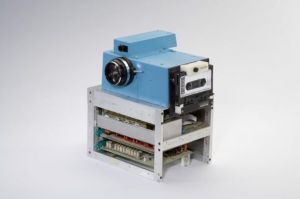
The world’s first digital camera in 1975- built by Kodak engineer, Steve Sasson (who is now regarded as the inventor of the digital camera). A super computer equivalent was needed In order to view stored images.
THE ARRIVAL OF TRUE DIGIAL CAMERAS
Digital cameras as we know them today first became widely available for consumers after Kodak developed the first mega pixel-sensing unit in 1986. Since then, the camera industry has developed faster then ever, as the new product became more popular and less expensive. With advancing technology, cameras have taken digital photography to new realms, including new displays and storing images, instead of relying on film to do so. The versatility of digital technology include the ease of manipulating images, ability to share moments instantaneously and higher image quality. These features are what attract both amateurs and professionals to this new means of capturing still and video images.
EVOLUTION OF DIGITAL CAMERAS
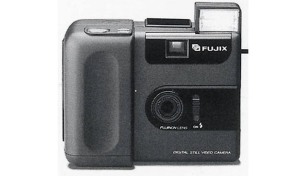
1988- The Fuji DS-1P is known as the the first true digital camera that recorded images as a computerized file.

1990- The first commercially available digital camera, the Dycam Model was coined as “the Brownie of the personal computing set.” Later proved to be too expensive and too rudimentary to really sell well.
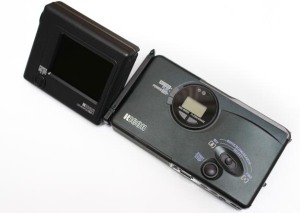
1995- The Ricoh RDC-1 got the photo/video convergence rolling by being the first digital still camera that offered the ability to record video clips. Users could play them back on its color LCD, or a connected TV.

1999- The Nikon D1, a 2.7 megapixel camera, was the first digital SLR developed entirely by a major manufacturer. It presented a challenge to professional film SLRs, since it dropped the price more than half, and offered the image quality, build, and performance required by photojournalists

2003-The Minolta Dimage A1 was the first model to stabilize images by shifting the sensor instead of using a lens-based system. It introduced a technology that was later implemented in DSLRs.
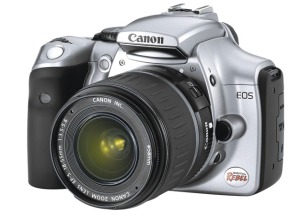
2003-The Canon EOS 300D, also known as the Digital Rebel was introduced. It was a 6 megapixel camera, and the first DSLR priced under $1,000, and marketed to consumers.

2005- The Kodak EasyShare One was ahead of its time, being the first camera with well-integrated wifi connectivity.
[i] The Columbia Electronic Encyclopedia, 6th ed. Copyright © 2012, Columbia University | Infoplease.com, 6 ed., s.v. “Photography, still: Digital Technology.” New York City: Columbia University Press, 2012. http://www.infoplease.com/encyclopedia/entertainment/photography-still-digital-technology.html#ixzz3Hboxp6FM (accessed October 27, 2014).

